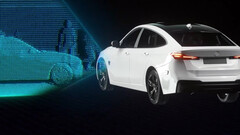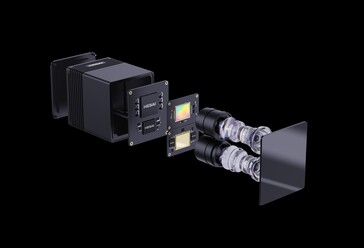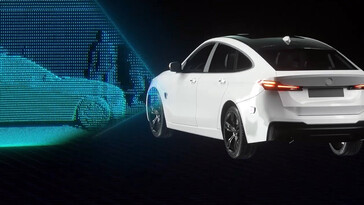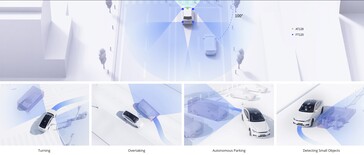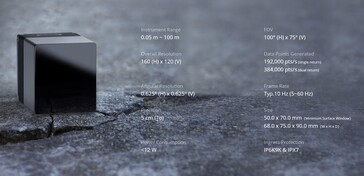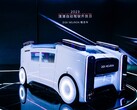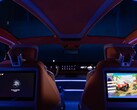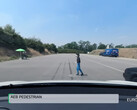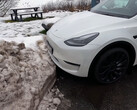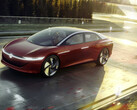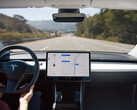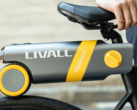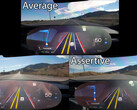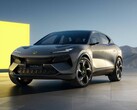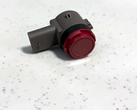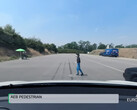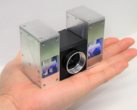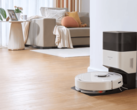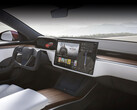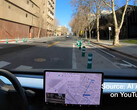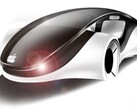Hesai announced the first solid-state LiDAR - FT120 - that will enter mass production to fill blind spots on vehicles capable of autonomous driving. As such, the small cube with no moving parts that offers up to 100m (~300 feet) near-range scanning, is destined for the side of self-driving cars to give them extra 100° x 75° field of view there. Thus, the LiDAR is able to catch both smaller objects like kids, animals, cones and pedestrian walkways, as well as street signs already passed, and railings on the side of the road.
Tesla may be the only electric vehicle company convinced it can achieve truly autonomous driving only with its camera-based software and hardware kit that it calls Vision, removing radars from the equation. It even stopped equipping its vehicles with ultrasonic parking sensors, saving about US$114 per car, as it ran the tests and concluded that the new high-res Vision cameras will be up to the task.
Other makers of smart vehicles with self-driving capabilities aren't convinced they can do high-level autonomous driving only with cameras, and continue relying on LiDAR. VW's ex-CEO, for instance, is on record commenting that even Level 3 autonomous driving can't be done properly without LiDAR, let alone higher levels which don't require driver input.
Elon Musk's self-driving hardware confidence may stem from the fact that Tesla's Autopilot feature and its paid Full Self-Driving Beta mode upgrade option have amassed millions of miles of real-life data from their users which its supercomputers can crunch to offload decision-making to the software, rather than rely on extra hardware.
Other automakers don't have this data luxury, but their reasonings to equip their vehicles with radars is different, as they argue their scanning can be used as a redundancy in case other components fail, or in adverse weather conditions where cameras may be blinded by sleet or covered in ice and snow. Tesla drivers in Canada, for instance, can fully relate to this line of thought and probably wouldn't mind if Elon Musk brought back LiDARs on their Tesla vehicles so they can improve the use of the self-driving option in inclement weather, too.
The recently announced Lotus Eletre SUV, for instance, will arrive with what the company claims is the first LiDAR kit to support end-to-end autonomous driving. It consists of four LiDARs by Hesai and Robosense, and seven high-resolution cameras, not to mention the 4D mmWave radar. The solid-state FT120 LiDAR for blind spots has already amassed orders for about one million units that Hesai says it will start to deliver to autonomous vehicle makers in 2023.


